What is getting you down right now? The “We’re Only Halfway Through This School Year” blues? The “This Book Isn’t Working Any More” blahs? Or is it the “After-Christmas and No One Wants to Work” wall? Maybe you’ve been hit by the “Pestilence Apocalypse”? A suitable subtitle for this article might be “Stuck in the Middle with You,” since this is the time of year when homeschooling tends to take on a kids v. mom perspective. We want to turn that around to its proper alignment of us v. the books, proving to the kids that mom really is on their side in this educational endeavor.
Step One, get serious about what you want to learn. More than just getting serious, it’s time to get realistic about expectations. If your plans for the year were so incredibly lofty that your students have barely even completed the introduction to the material at the mid-year point, it’s time for some reevaluating. Don’t get me wrong — there is nothing wrong with having lofty goals, as long as you have the means to accomplish them. However, no one can run a 26-mile marathon in 4 minutes. You can make it your goal to run that full marathon or have the goal to run a mile in four minutes, but you can’t have it both ways, especially since either of those goals is still a lot of work!
When it comes to schoolwork, remember that publishers sell all-in-one products that cover a wide variety of needs, which is why teachers rarely use an entire book. (I’ll say rarely just in case there is a class out there somewhere that regularly completes every book from first chapter to last, but I haven’t seen it done yet, except by a few over-achieving homeschooling families who quickly burned out and then wondered why.) Therefore, don’t guilt yourself into thinking that just because the publisher included all those chapters in this book, that must mean that you must push your students to complete every one of them. Absolutely not! This now means that you and your students can browse through the rest of the book, deciding which chapters look the most interesting, which ones are repetitive or boring and can be skipped, and which ones might be included if you have enough time. Textbooks are the least efficient method for learning anything, since someone else had to pick and choose what would be included and what would be ignored. Biographies, autobiographies, journals, and first-hand-account histories give a much more accurate (and more interesting) portrayal of any topic, as far as books go (I like hands-on methods even better). Conquering the books puts you back in control of the lessons. Maybe you decide to skip the chapter on bugs that would have taken several days to go through, and instead you and your students spend an afternoon exploring everything you can find about bugs online. The intensity of the learning is what’s important, not the time involved. (More on this in Step Three)
Step Two, don’t let a schedule bog you down in unnecessary work. If a student gets it, let him move on. A wise mom once said, “If my kid knows how to start a sentence with a capital letter and end it with a period, why should I frustrate him by making him do 12 more lessons of starting a sentence with a capital letter and ending it with a period???” I regularly gave my kids a pep talk, reminding them that if they would take their time and get everything correct the first time, they wouldn’t have to go back over it again and again. Giving them incentive to pay closer attention made them more diligent at their work. By all means, stick with the child until he understands a concept, but once he’s definitely got it, let him move on.
Effective, daily communication requires a working knowledge of grammar, vocabulary, spelling, and so on, and handling personal finances every day requires a working knowledge of basic math, so I taught those daily. Skills that will be used every day as an adult should be studied and practiced every day as a student, but Google and “Siri” can now supply quick answers for just about anything else that is not needed on a daily basis.
Step Three, get away from the books more often, which does not mean to stop learning. If your students have been learning how to multiply fractions, let them put that knowledge into practical practice by tripling their favorite recipe for chocolate chip cookies. Make them and bake them, or freeze little balls of cookie dough for a quick-to-bake treat another day, but measuring, mixing, and tasting will prove whether or not they did their math correctly (and since it’s a yummy treat, they will be extra careful to get it right, because no one wants to eat cookies with too much salt in them!). Now pick another cookie recipe and double or triple it for more fraction practice. (Bonus tip: freeze some baked cookies in grab-and-go bags for your next field trip day!)
Watch movies related to literature or history as another pleasant diversion from the printed pages, one that can impart basic themes in a quick but memorable way. My teenaged son enjoyed reading books more if he knew what to expect from the story, so we fell into the method of watching the video first, so that he could learn the plot twists and who was connected to whom, and then he wouldn’t lose interest while reading through the book at a much slower pace. There was one day when we rented an action-adventure-movie-made-from-a-book, only to find out that Jane Eyre had accidentally been slipped into the wrong case, the one we had just brought home. He watched it anyway, so as not to lose his allotted video-watching time and ended up knowing the story of Jane Eyre, a book/movie he would never have chosen on his own.
Explore online. Watch a tutorial video. Read a website. Follow a blog. Play a podcast. Find a live webcam. Search for images. Find an out-of-print book in eBook form. Read a review. Zoom in on Google maps’ street-view. Listen to music. Download an app. In this 21st century, electronic age, it’s becoming more and more vital to expand our definition of learning to include paperless forms of information. I can learn a new skill from watching a You Tube tutorial faster than I can find a printed version of the same instruction. And I have. Learning is learning, no matter what the source — it’s not cheating, just because I didn’t learn it from an over-priced, hardback book. A very old but very worthy book that libraries no longer stock can be downloaded as an eBook faster than I can say “for free.” An elderly neighbor can tell personal stories from World War II that will never be written in books, because he was there and lived through it. A great musician no one knows can demonstrate techniques in an online video, reaching students he will never meet. Learning is learning, no matter what the source.
Play games. Board games are an under-appreciated educational resource. If the game isn’t fun, find a better way to play it: drop the score-keeping, loosen up the rules a bit, or add three extra dice to get you around the board faster. Invent your own “house rules” for certain games, such as “Jabberwocky Scrabble,” where any nonsense word is allowed as long as the player can pronounce it and make up a reasonably-acceptable (and probably hysterical) definition for it. Create “Slumlord Monopoly” by letting each player roll the dice to determine how many properties he can pick from the deck and roll again to see how many houses he can put on them for free, before normal game play begins. Put a simple jigsaw puzzle together upside-down, placing all the pieces face-down on the table. Players will be forced to rely on the shapes of the pieces alone, improving their visual skills.
My kids quickly learned that if they could spend a break playing games together without squabbling, they got to stretch that break into a longer time period — but a frivolous argument would land them right back at the school table for structured lessons. They became very adept at figuring out the rules, solving disputes… and getting along. I called that a Win in every column: they became good problem solvers, they learned how to teach themselves, and mom got more time with fewer interruptions. The lessons still got done, sometimes more quickly because of the lessons learned while playing games: reading the instructions, critical thinking, math practice, and so on. Kids view playing games as just playing, not learning, but the savvy mom knows what lessons are being learned through the playing!
Step Four, schools and colleges create their own special-interest classes, and so can you! Use a child’s unique interest as a mini-class that cuts through the twaddle and gives him a boost in learning something he really enjoys. Maybe Penelope is begging to raise rabbits. Encourage her to do some extensive research first, to guarantee her success, then suggest she enter her future bunnies in the county fair, ensuring her diligence. Stewart wants another bookcase in his bedroom, but he never gets enough time after lessons for woodworking — so turn the project into a lesson by challenging him to design the bookcase, double-check the measurements for accuracy, visit the lumberyard to note the cost of all materials and compare them to the cost of a ready-made bookcase of similar size and quality. His completed bookcase might also make it to the fair, along with the photos of him proudly doing every step. Victoria is bored with her history book, but is intrigued by Abraham Lincoln. Let her have some time away from the traditional books to read his speeches and letters and a biography or two. Listen as she recounts every interesting tidbit, because those are much more exciting than any stuffy book report ever written.
The key to surviving the mid-year slump is to change your methods enough to put the focus back on the learning and not get bogged down in the tedium of the methods themselves. Some families may only need a one-day break from the normal routine; others may need a full week or two of refreshing change; still others may decide to scrap their former routines altogether and adopt the completely new approach as a routine-less routine. The choice is yours, and you’ll know what you want when it starts to work.
See these articles for more slump-busting ideas:
10 Ways to Ease into Homeschooling (great for getting started again after a long break, whether from holidays or illness)
How to Adapt Lessons to Fit Your Student’s Interests and Make Learning Come Alive
Applying Learning Styles with Skip-Counting
“Stealth Learning” Through Free Play
Mundanes, Too-days, & Woe-is-me-days
Knowing How to Find the Answer Is the Same as Knowing the Answer
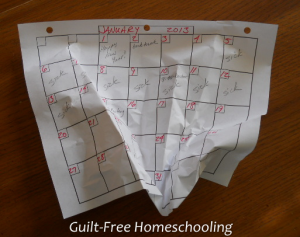

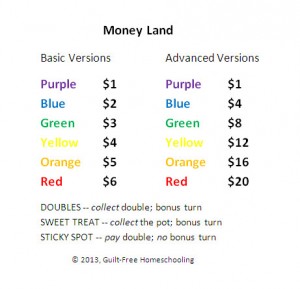

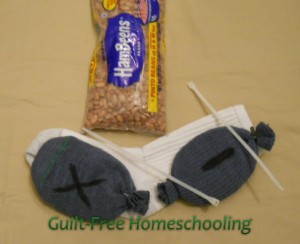
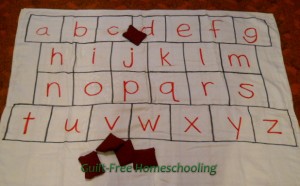
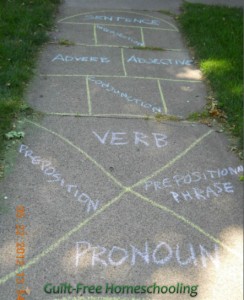
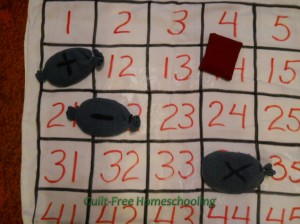
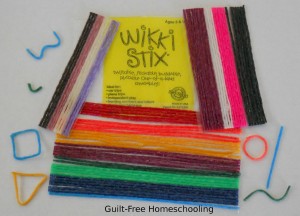

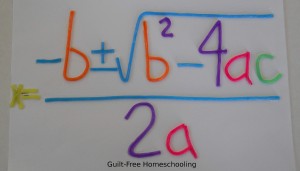
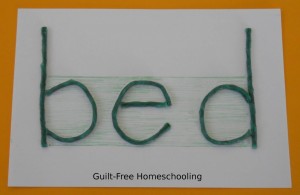
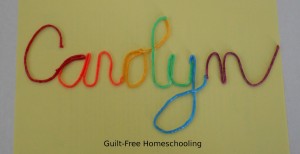
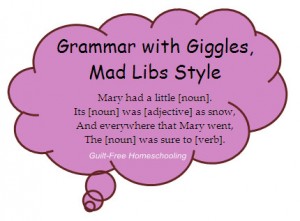
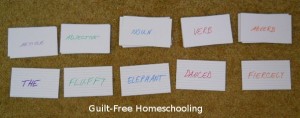
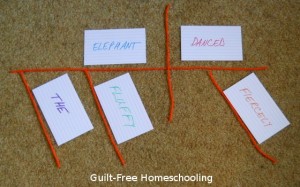
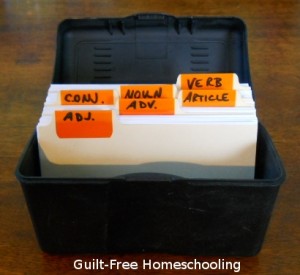
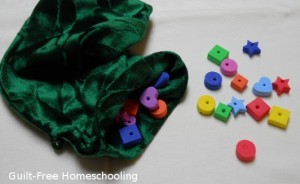

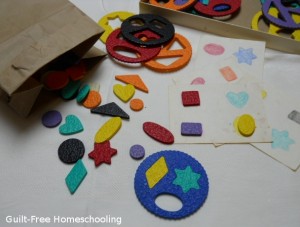
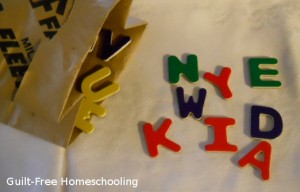
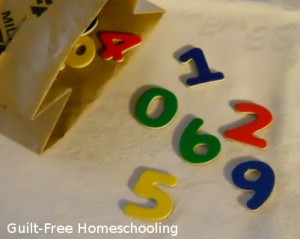

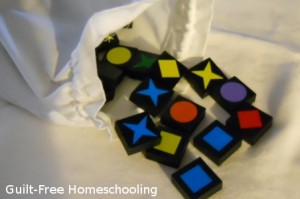


 Guilt-Free Homeschooling is the creation of Carolyn Morrison and her daughter, Jennifer Leonhard. After serious disappointments with public school, Carolyn spent the next 11 years homeschooling her two children, from elementary to high school graduation and college admission. Refusing to force new homeschooling families to re-invent the wheel, Carolyn and Jennifer now share their encouragement, support, tips, and tricks, filling their blog with "all the answers we were looking for as a new-to-homeschooling family" and making this website a valuable resource for parents, not just a daily journal. Guilt-Free Homeschooling -- Equipping Parents for Homeschooling Success!
Guilt-Free Homeschooling is the creation of Carolyn Morrison and her daughter, Jennifer Leonhard. After serious disappointments with public school, Carolyn spent the next 11 years homeschooling her two children, from elementary to high school graduation and college admission. Refusing to force new homeschooling families to re-invent the wheel, Carolyn and Jennifer now share their encouragement, support, tips, and tricks, filling their blog with "all the answers we were looking for as a new-to-homeschooling family" and making this website a valuable resource for parents, not just a daily journal. Guilt-Free Homeschooling -- Equipping Parents for Homeschooling Success!

Recent Comments